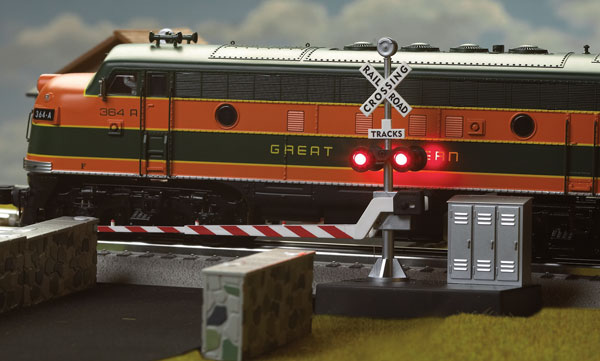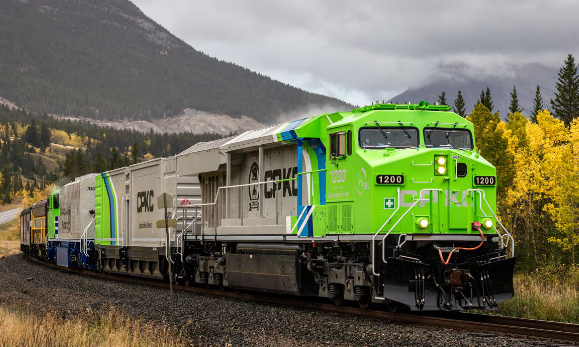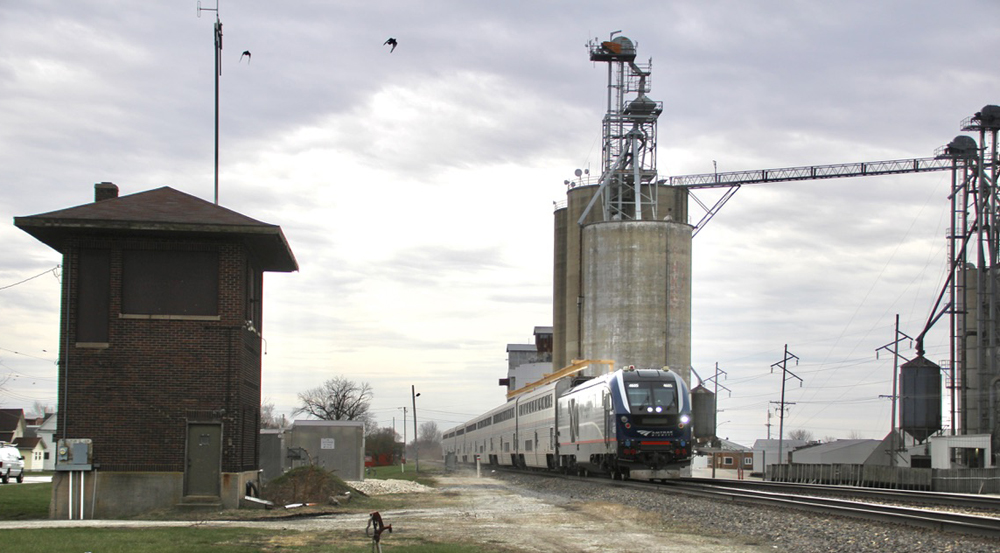The no. DZ-1010 set comes with two crossing gates and two infrared dwarf signal detectors. The signal detectors, in conjunction with the electronic eye on the master crossing gate, allow you to install a crossing gate system on any layout without having to rework track to add insulated outside rails or to create electrical blocks. You can use the gates with a typical electrical block system, but you don’t have to.
Setup is straightforward. Simply follow the instructions regarding wire connections between the crossing gates, the dwarf signals, and the power supply. You need to mate the wires by color and then connect the red and black wires to a 12- or 14- volt power supply.
In operation, the interruption of a dwarf signal’s infrared beam triggers the bell sound and starts the gates moving down. An infrared beam shooting across the actual highway crossing from the master to the slave unit ensures that the gates remain down while a train is traversing the grade crossing.
You can set up the system to cover as many as four tracks, but there can be no more than 14 inches between the master and slave units for the light beam to remain effective.
If mounting this rig on more than one track, you’ll need additional DZ-1011 dwarf block signals. The instruction sheets cover single- and double-track installations.
Improvements made to the DZ-1010 crossing gates include a microprocessor to control the speed of the gates. Z-Stuff has also improved the gate’s bell sound by giving it a more authentic tone.
Installation is fast and fairly easy, but you may need to experiment since different types and angles of room lighting can have an effect on the performance of infrared beams.
Once you’ve decided where to place the gates (the effort saved in pulling track to install blocks or activators is notable), you’ll still need to drill a few holes to hide wires.
Once everything was in place with our test sample, the pingers pinged, the lights flashed, and the gates lowered in advance of a passing train. Not until after the train cleared the crossing did the gates rise at a realistic speed.
If, like me, you already have a layout in place and you don’t fancy ripping up a lot of track to install track activators, the Z-Stuff crossing gate system is physically attractive and, because of its use of infrared technology, practical to install.
Just in case you’re nervous about trying this, check out z-stuff.net; the company has instruction sheets posted online. You’ll see installation is straight-forward. You can’t get much more customer friendly than that!














